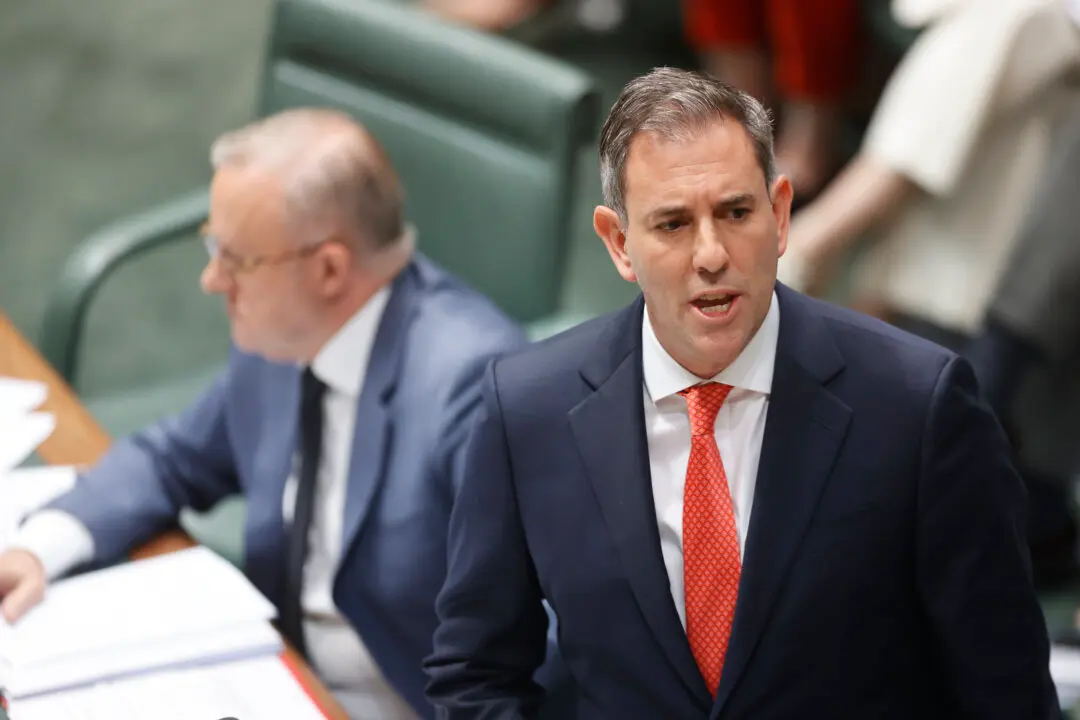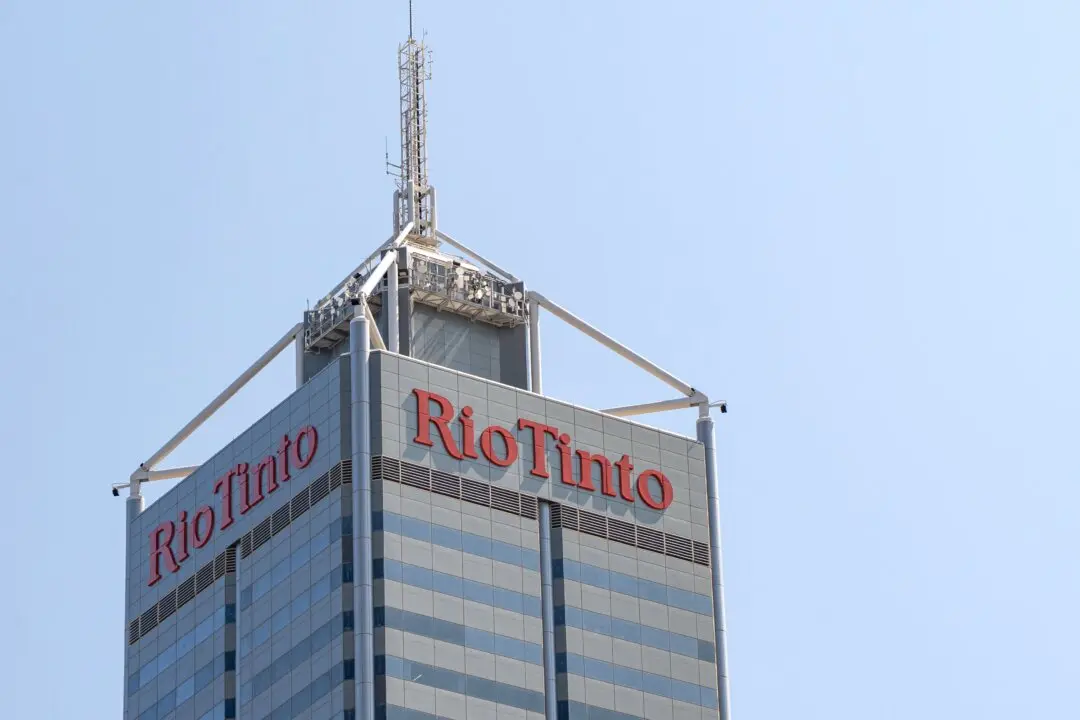Australia has signed an agreement with the governments of the United States, Canada, the Czech Republic, Finland, France, Japan, the Republic of Korea, Sweden, and the UK covering the introduction of 6G mobile data technology.
The existing 5G network spans only a fraction of the continent—though Telstra claims its network is the largest and covers 85 percent of the population.





